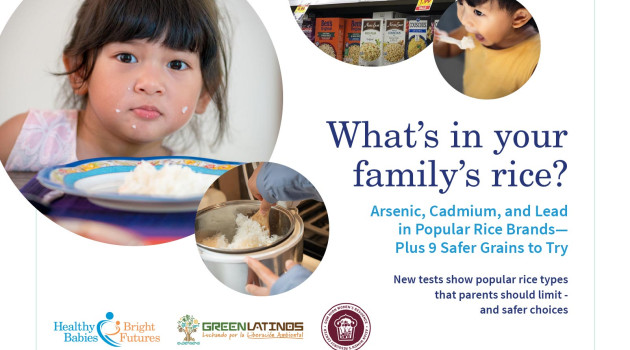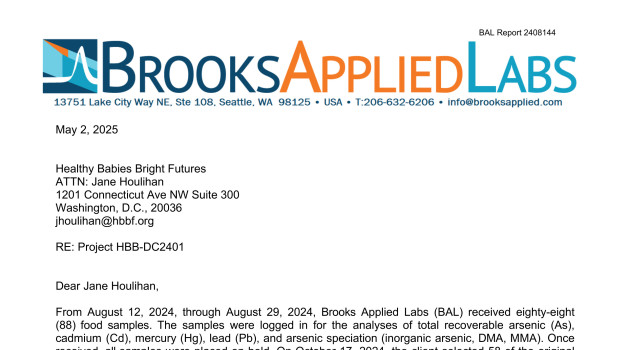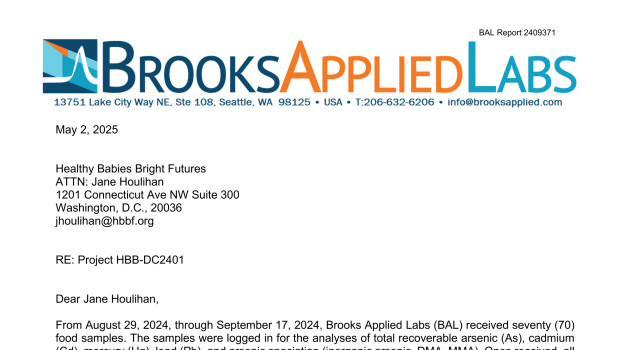
Arsenic isn’t on anybody’s wish list for a baby food ingredient. So why does the FDA find it in nearly every container of infant rice cereal they test? Arsenic often pollutes fields where rice is grown and rice absorbs more of it than most other grains.
Did you know that high levels of arsenic in rice snacks and cereals are currently legal? And there’s no way to know how much is in your baby’s cereal, since contaminants like arsenic aren’t on the ingredient list. Earlier this year the FDA finally proposed to limit what’s allowed in infant rice cereal, a staple food for babies. It’s about time!
But, there’s still a long way to go—as it stands, the FDA’s proposed limit is too high: it isn’t based on health and doesn’t consider brain impacts for babies. Arsenic is known to cause cancer and pose risks to a child’s developing brain, including reduced IQ. It’s toxic for everyone, but babies are more vulnerable than adults. The FDA will soon take a fresh look at their draft limit, so now is the perfect time for us to make sure the agency does the job right.
HBBF has asked the FDA to set a fully protective limit for arsenic in infant rice cereal. If you already signed our recent petition, thank you. But if you have not yet had the chance, don’t worry. There’s still time for you to make a difference and for your voice to be heard! Joining us is quick and easy. Click here to tell the FDA to protect children and get arsenic out of rice cereal!
Your voice matters and can make change possible. You can also take simple steps now to reduce your family’s exposure to arsenic in rice, rice snacks and cereals, and infant rice cereal. One option: switch to iron-fortified oatmeal or multi-grain infant cereal. Learn more in HBBF’s Safe Product Guide.
Thanks for being with us on this important issue.
Together, we’ll get arsenic out of our children’s food.


